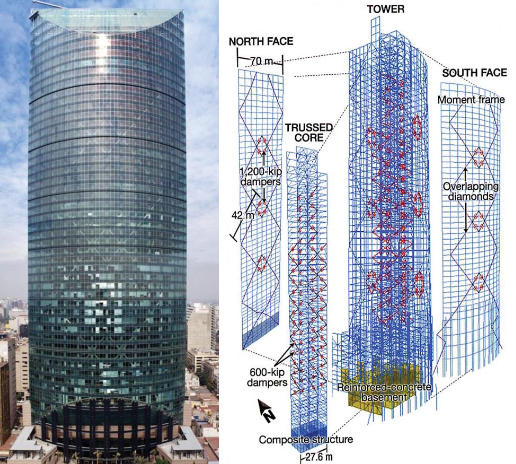Tensegrity has gained attention in the field of civil engineering for its potential to create lightweight, efficient, and dynamic structures.
One of the key benefits of tensegrity structures in civil engineering is their ability to distribute loads evenly throughout the structure, rather than relying on a single support point. This makes them highly resistant to lateral forces, such as earthquakes and strong winds, as well as capable of withstanding large loads.
In addition to their structural benefits, tensegrity structures also offer significant cost and material savings. Because they rely on tension rather than compression, they require fewer materials and can be assembled more quickly, reducing construction time and costs.
There have been a number of notable examples of the use of tensegrity in civil engineering projects, including bridges and towers. One such example is the Kettleman City Tensegrity Bridge in California, which features a unique design that allows it to span a distance of over 1000 feet while using minimal materials.
Another example is the Tensegrity Tower in Mexico City, which was designed to withstand the city’s high seismic activity. The tower’s design, which features a central core surrounded by interconnected cables, allows it to remain stable and resistant to lateral forces.
While the use of tensegrity in civil engineering is still in its early stages, the potential for this innovative structural principle is vast. As technology and materials continue to advance, we can expect to see more and more examples of tensegrity being used in the design and construction of bridges, towers, and other structures.
